Fifty of shades of green: The sex lives of plants
Plants have developed surprising ways of spreading their seed, says John Wright, as he explores the unusual and risqué manner in which some species reproduce to answer one of botany's oldest questions: how do plants have sex?
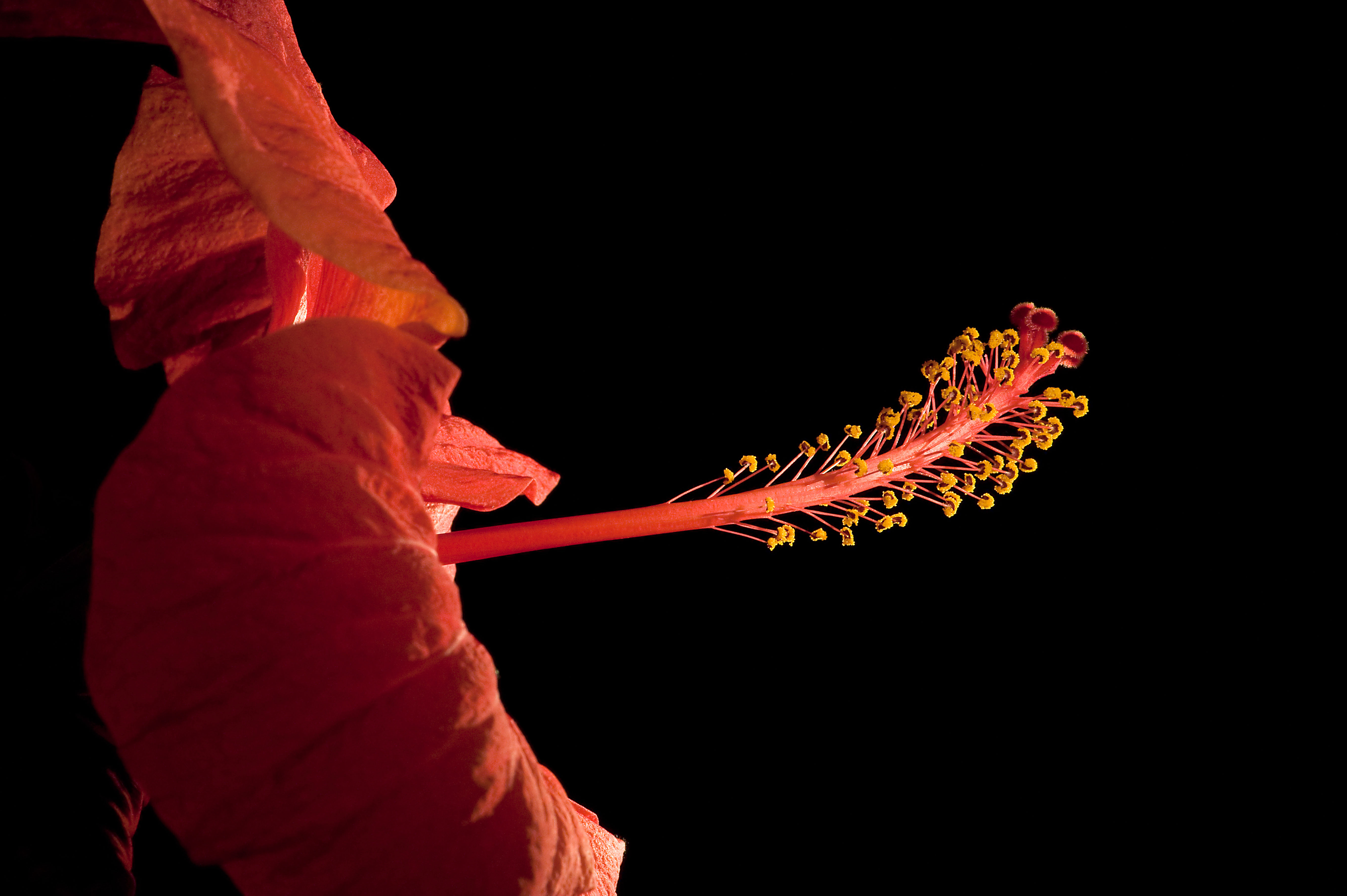
The late-17th-century discovery of the sexual nature of plants came as a terrible shock to puritanical sensitivities, with many rejecting the idea outright on the pious grounds that God would not condone, let alone instigate, such unseemly behaviour in such beautiful creations.
The 18th-century Swedish botanist Carl Linnaeus later twisted the knife with his guide to classification and identification, which relied on counting floral pistils (female) and stamens (male) and expressing the numbers in matrimonial metaphors; ‘one wife with four husbands’, for example. Never one to leave things alone, he also called the calyx ‘the bride’s bed’. However, even today, we can be startled by the thought that when we admire or sniff our garden roses, it is their sexual organs that delight us.
Perhaps plants, too, are appalled, as many have given up on the whole messy business entirely and produce only clones. Dandelions and brambles have taken to this monastic life with some enthusiasm, with more than 500 clonal species between them.

Sometimes, plant celibacy proves inexplicable. A species of moss that reproduces the old-fashioned way in Britain gave up sex when it was introduced to North America. No-one seems to know why. By neat contrast, Canadian pondweed moved from North America, where it happily reproduces sexually, to Europe (and beyond), where it doesn’t. In this case, the plant is dioecious (separate male and female plants). The migrating plant was female and, without any males making an appearance, the entire and vast population of this now very troublesome weed is a single, vegetatively produced, female clone.
As for those plants that simply get on with it, much of it you will know from school biology classes — pollen is transferred from the anthers of a flower to the stigma of (usually) another flower, preferably on another plant. Pollen dispersal is via animals, water or wind — grasses and associated plants, plus some trees, employing the last of this tryptic. Insect dispersal, however, is the best-known method of pollen transfer — hence the ‘bees’ of ‘birds and bees’.
Attracting insects and encouraging them to disperse pollen to the right place involves careful design and, sometimes, plain trickery. A gentle example of design is seen in primroses, where the flowers come in two forms. One has the stigmas positioned above the stamens within the central tube and is called ‘thrum-eyed’, whereas one has it the other way round and called ‘pin-eyed’. An insect with a suitably long proboscis, going from one form to the other, will be more likely to deposit pollen in the correct place.
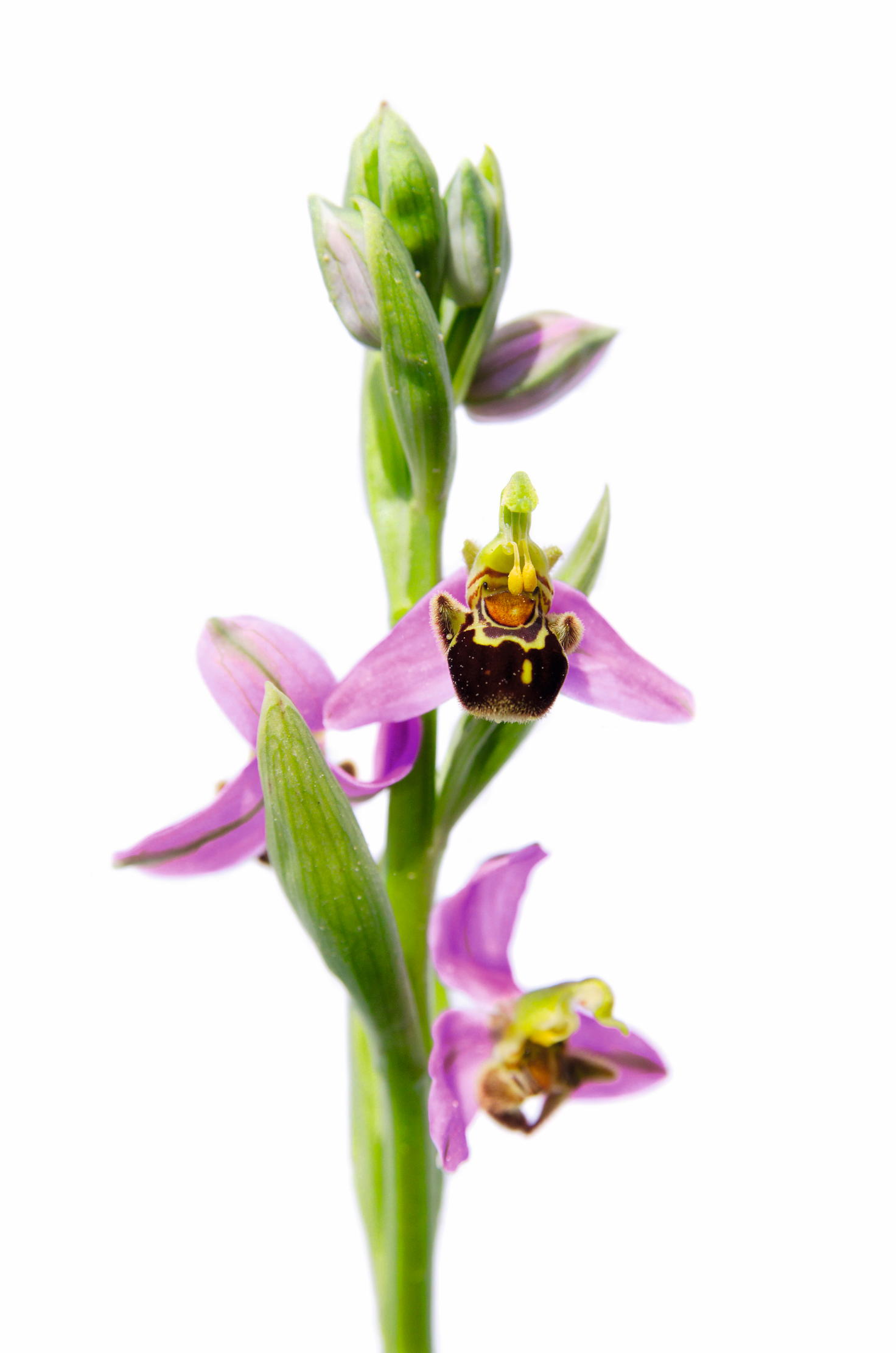
Even more of a trickster is the familiar lords-and-ladies plant, Arum maculatum. Sometime in the evening, the notably phallic ‘spadix’ chemically warms to produce strong smells. It’s nothing you’d want to sniff, being described as ‘foul and urinal’, but a species of owl midge is evidently attracted to this. It usually lands on the leaf-like spathe, then slips into the flask-shaped base, past fine hairs that will later prevent the midges’ egress, trapping them inside.
Exquisite houses, the beauty of Nature, and how to get the most from your life, straight to your inbox.
At the bottom, the insects wander around for several hours, depositing pollen onto the stigmas and feeding on a sugar solution. In the morning, the fertilised stigma wither and the anthers mature and shower the inmates with pollen. The trapping hairs then wither and release the captives. There is a sense of master and servant in this story, but some pollination relationships are perpetually on the edge of antagonism.
One such involves the globe flower and a chiastocheta fly. Globe flowers are perpetually closed, with any attendant insect needing to squeeze inside. Chiastocheta flies manage this, then proceed to take over the place by turning it into a dining room, bedroom, then nursery stocked with food.
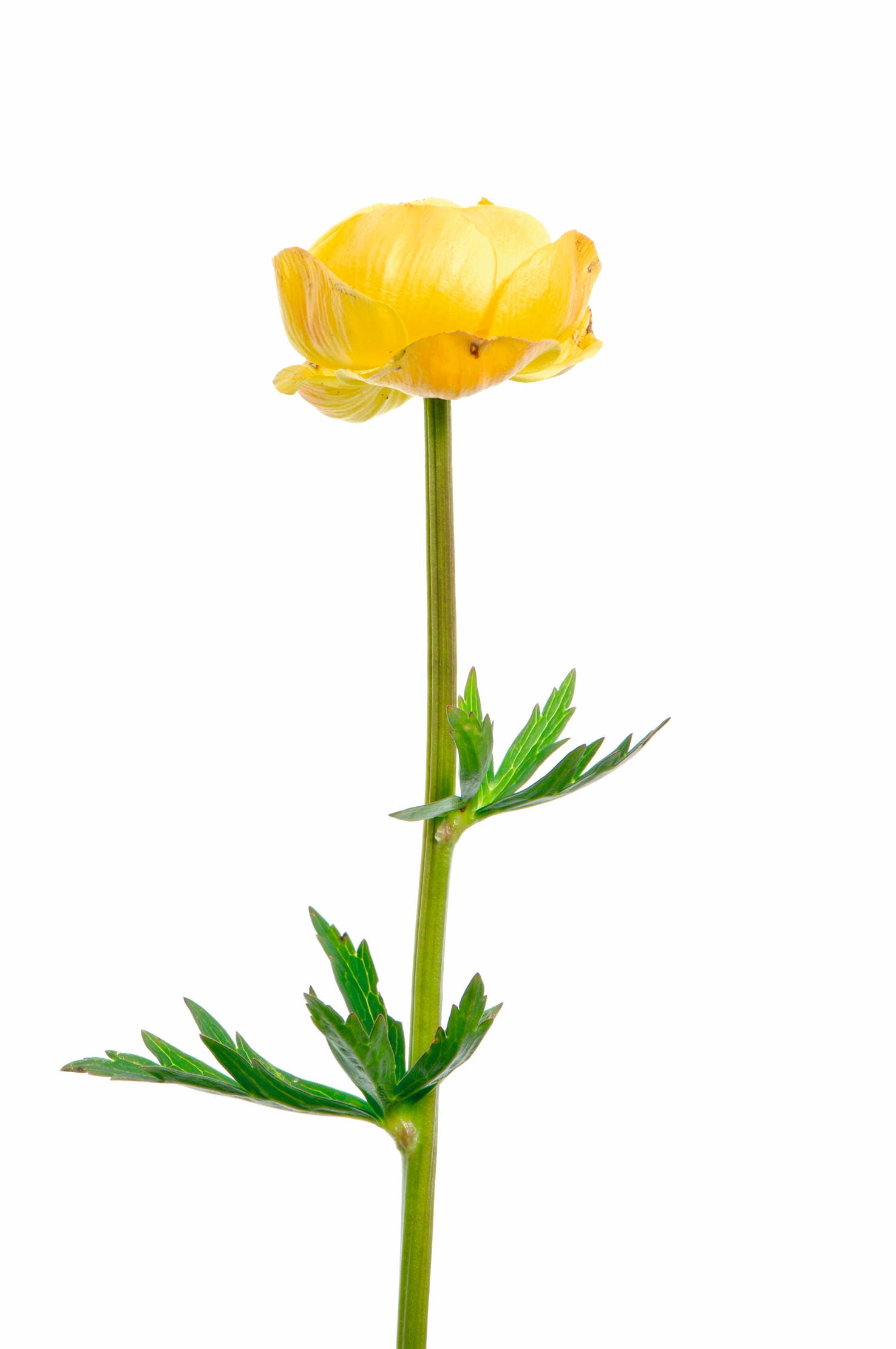
They pay their way by bringing in pollen and taking some with them when they leave. The fly eggs are laid next to — and the larvae subsequently feed upon — the seeds. They consume about half of them, the amount restricted by the plant, which produces a growth suppressant to slow down any greedy larvae.
None of these plants, however, are a patch on botany’s master tricksters — the orchids. Bee orchids attract the males of a species of bee by looking remarkably like the female, even producing pheromones to seal the deal.
Disappointingly, the bee invited to this tryst does not occur in Britain and the bee orchid here gets by with DIY (self-pollination). The lizard orchid and man orchid, I must point out, do not use this strategy.

No instance of bird pollination was known in Britain until 35 years ago, when a researcher showed that blue tits were doing exactly that for the crown imperial fritillary, a lovely flower from Asia.
It is believed to be the most northerly instance of ornithophily in Europe. The blue tit, then, is our very own hummingbird.
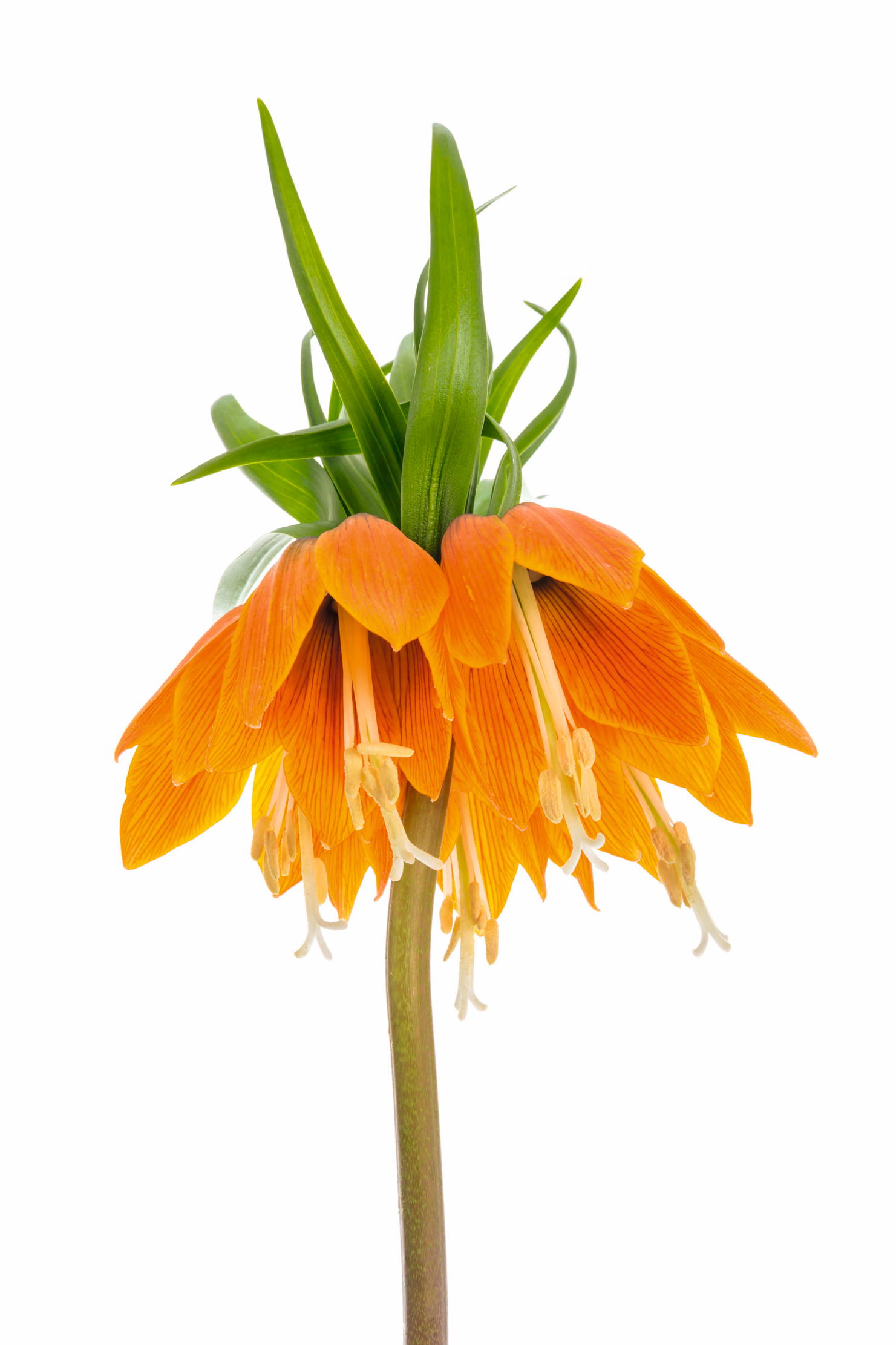

Jonathan Self: The simple key to a life full of joy and happiness and free of care
An encounter with a 21st century goatherd makes Jonathan Self wonder if things might one day again be simpler.
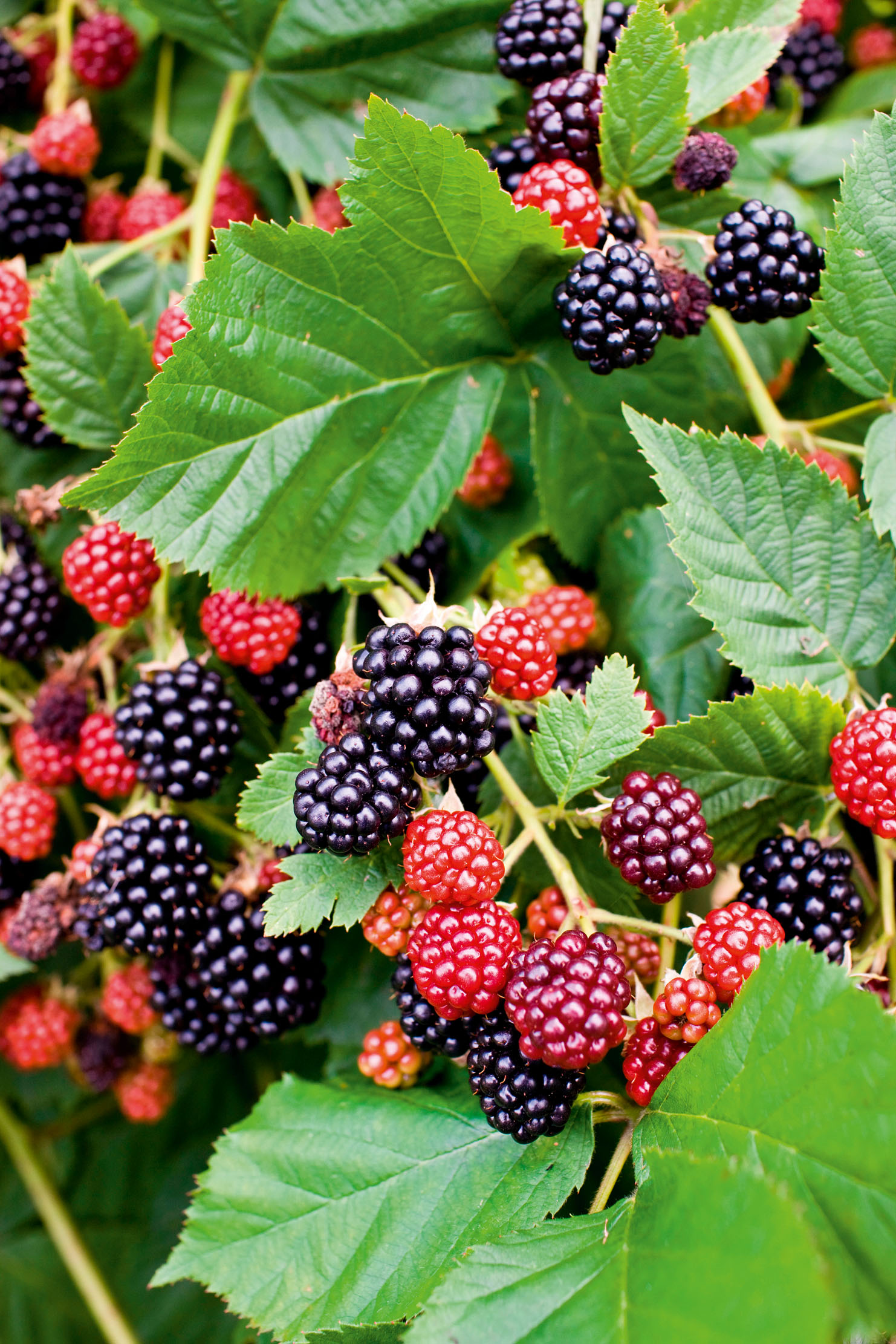
Why has it been a bumper year for British berries?
The sunny, yet wet summer might have been a dampener at the time, but the resulting autumnal berry haul is
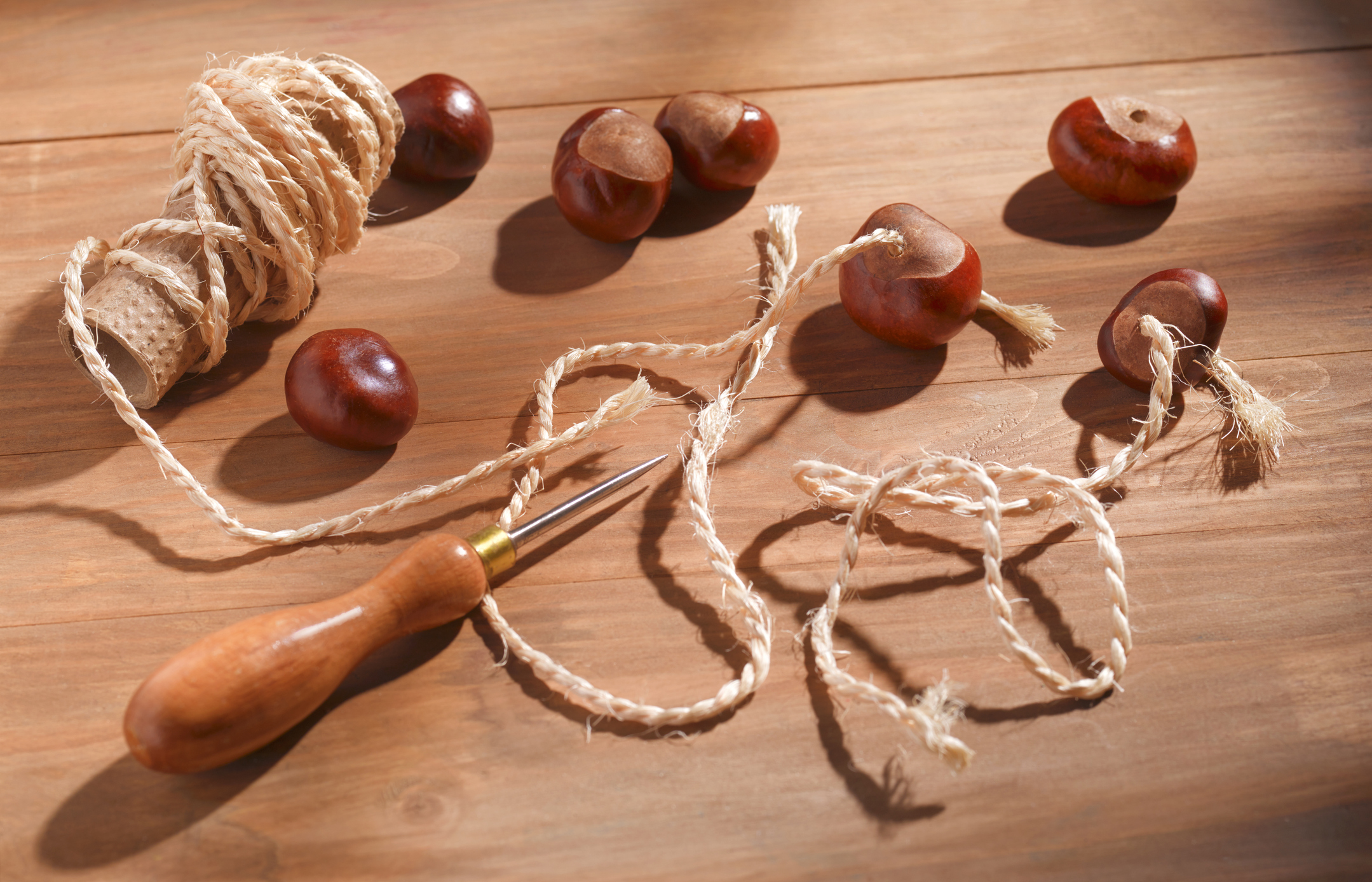
Credit: Getty
How to win at conkers
Few games rival conkers for sheer excitement. Simon Lester ponders the merits of round-topped nuts versus flat-sided cheesers and exposes